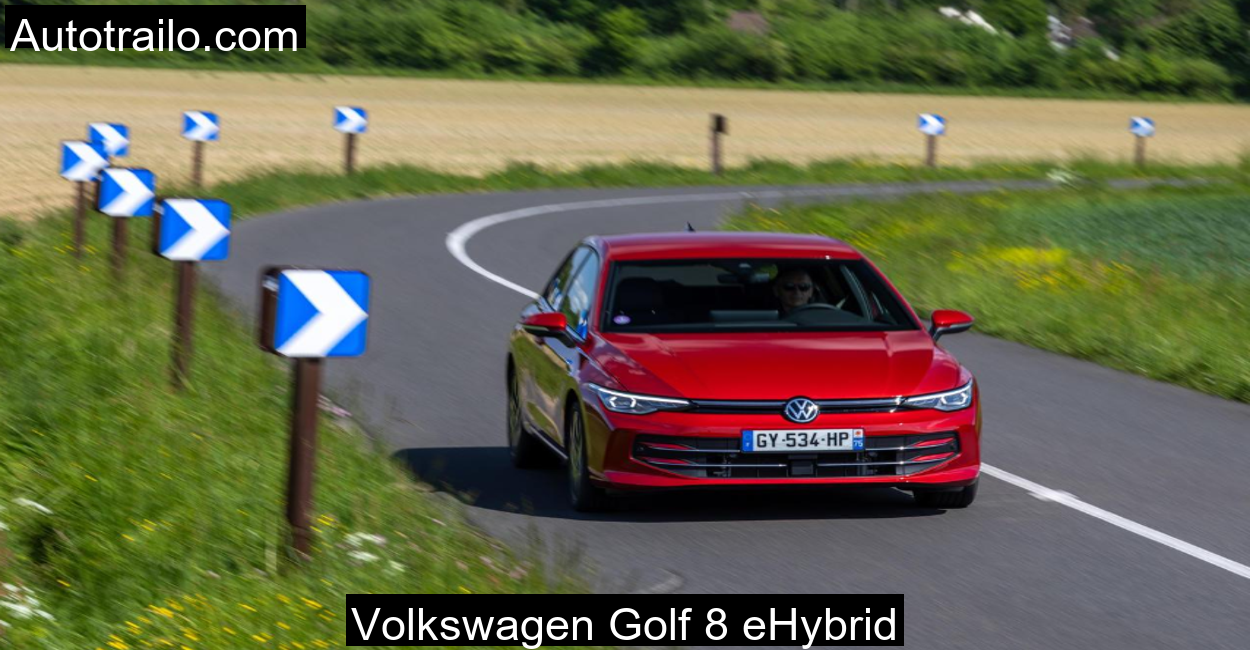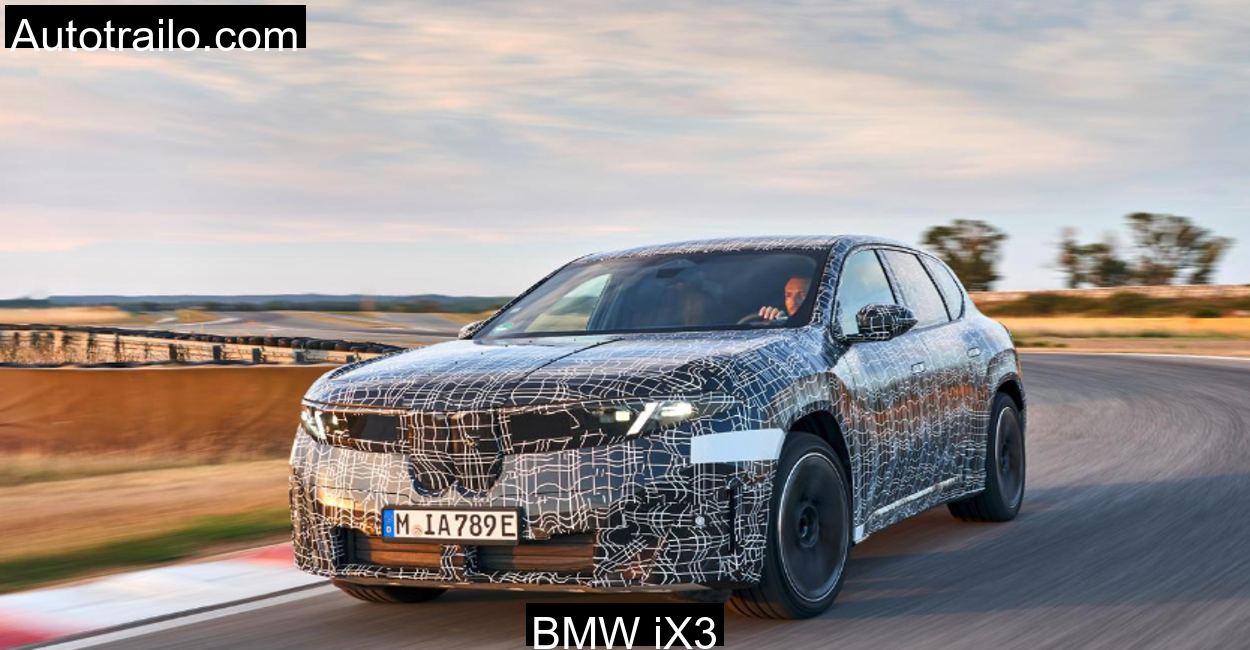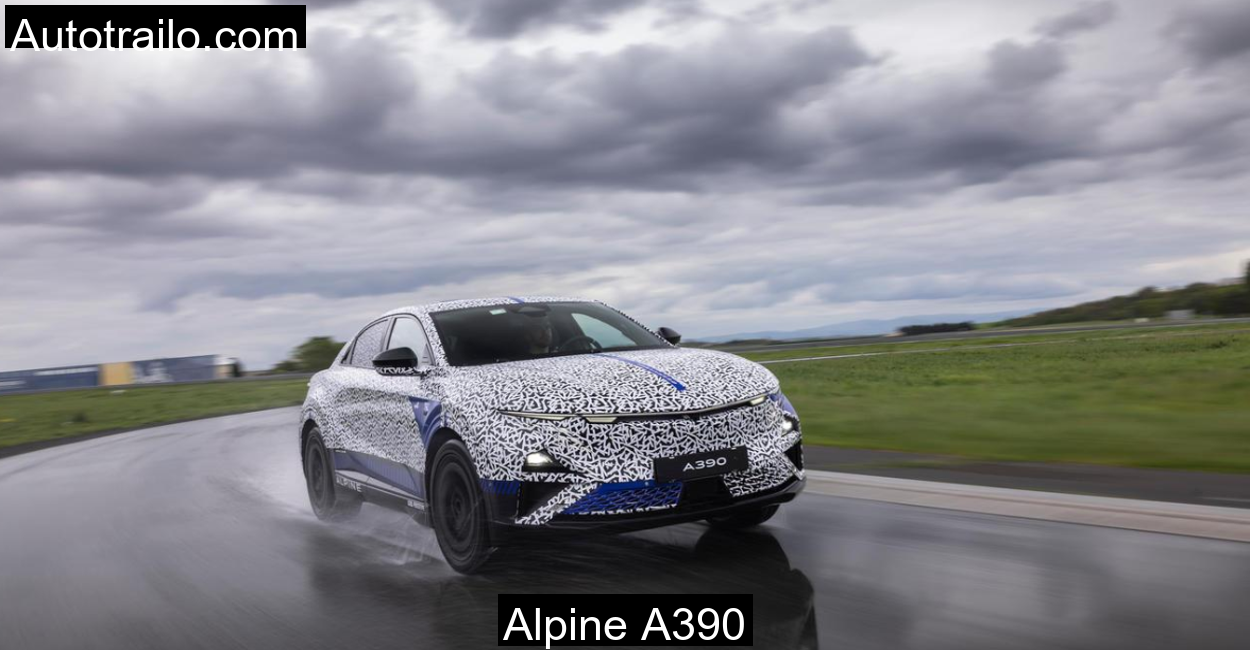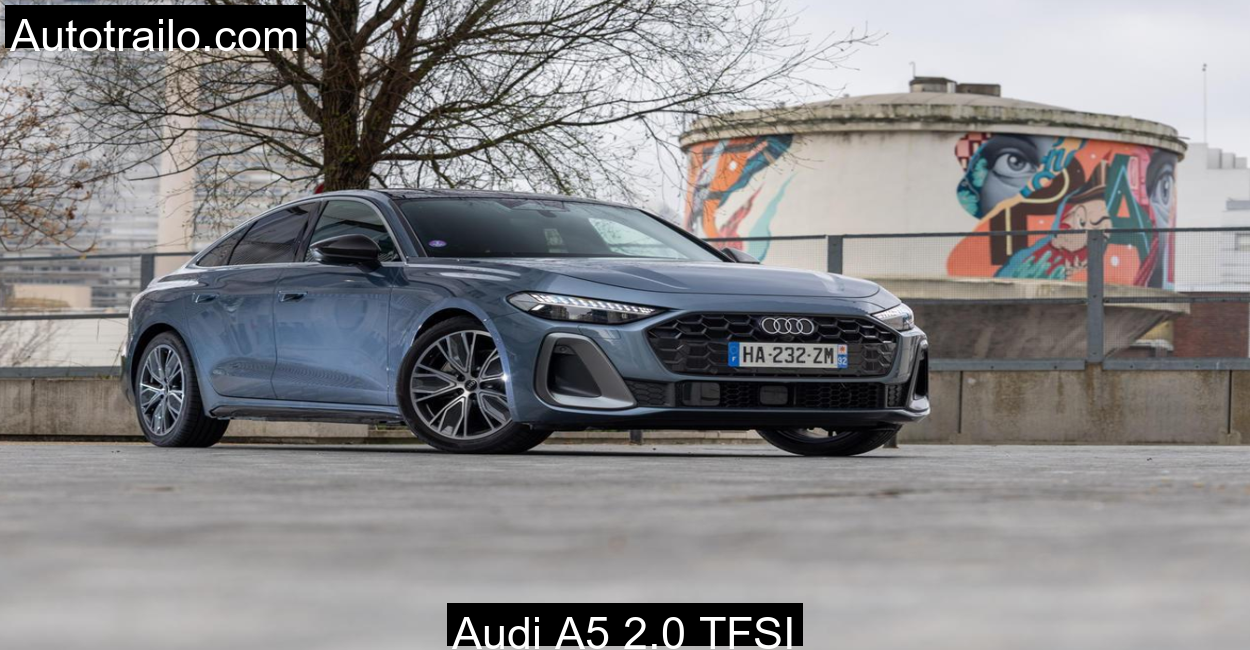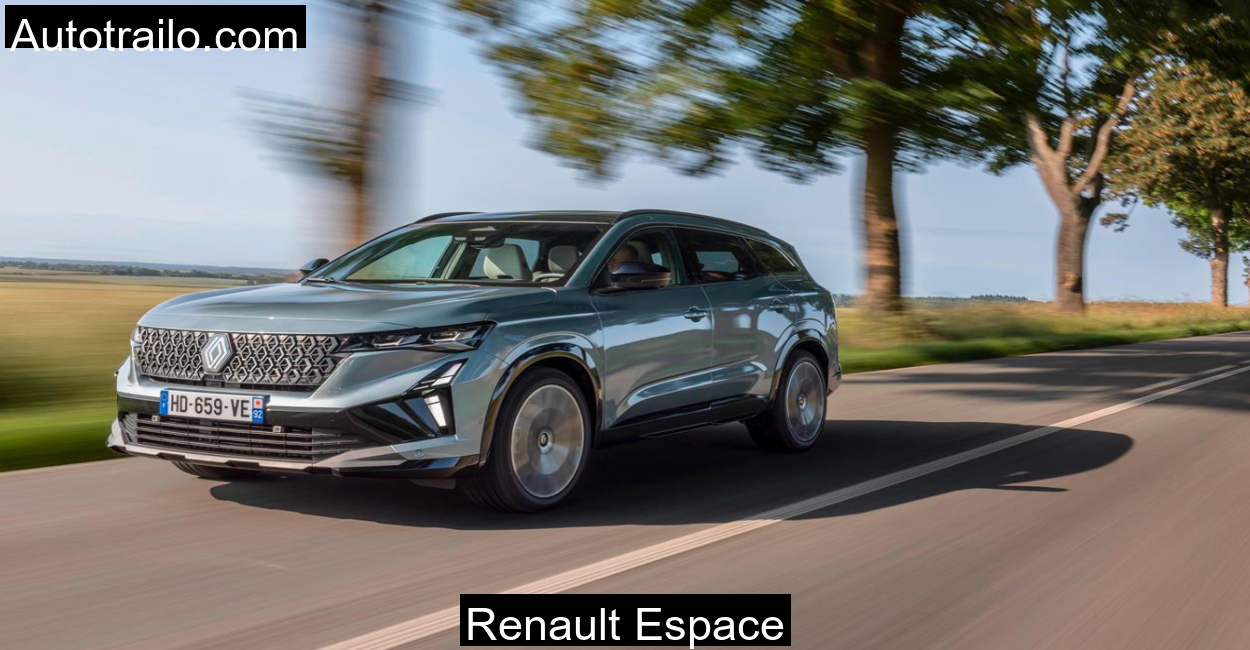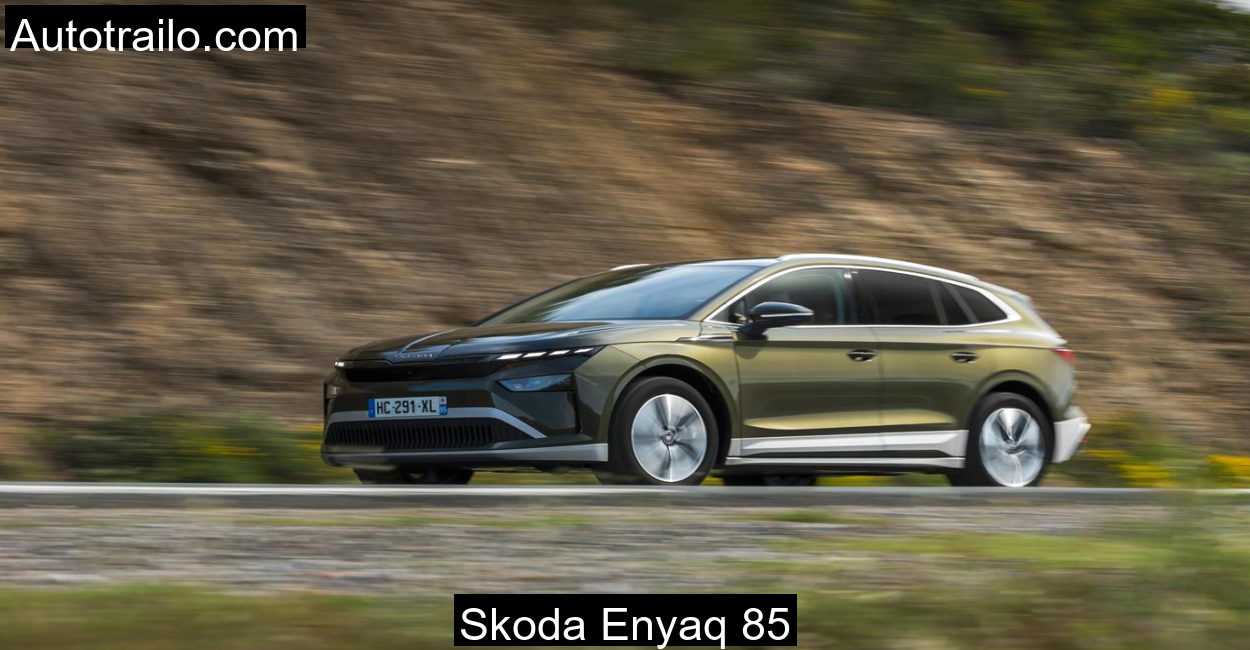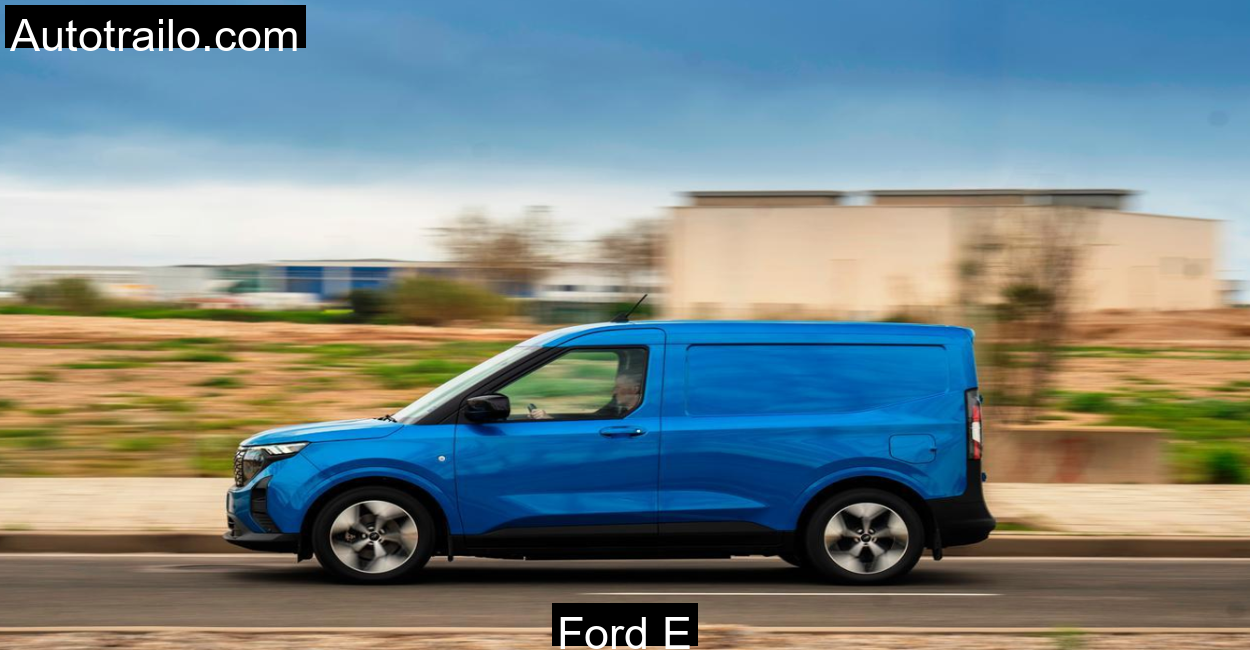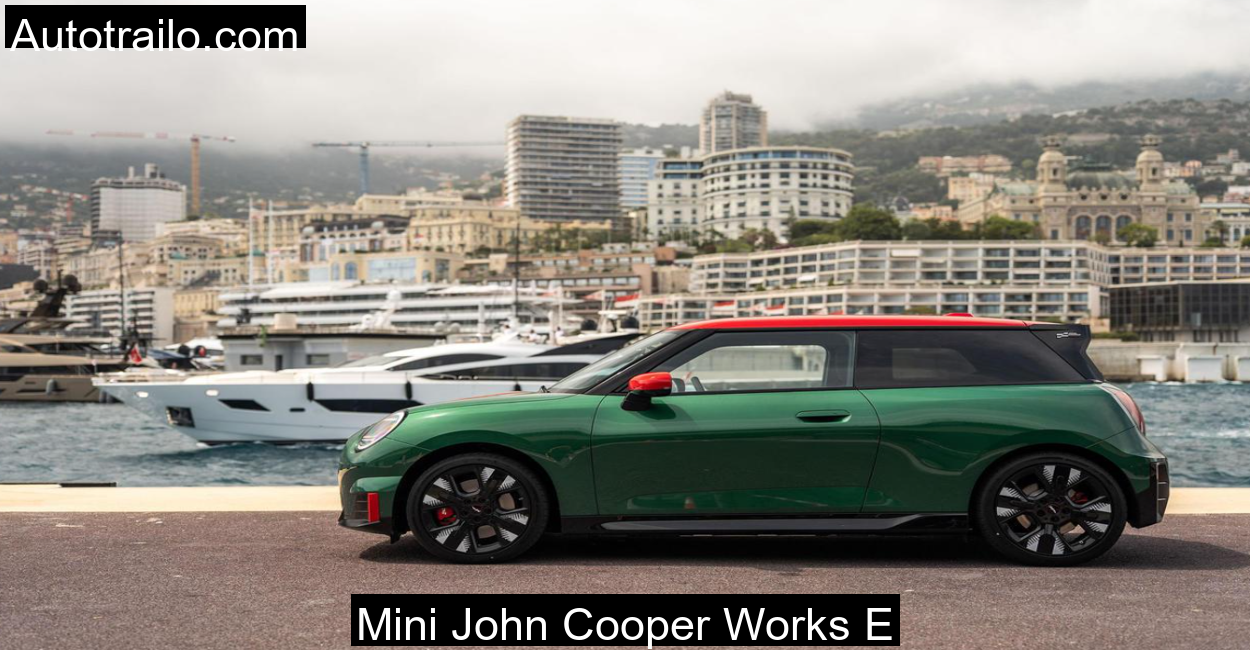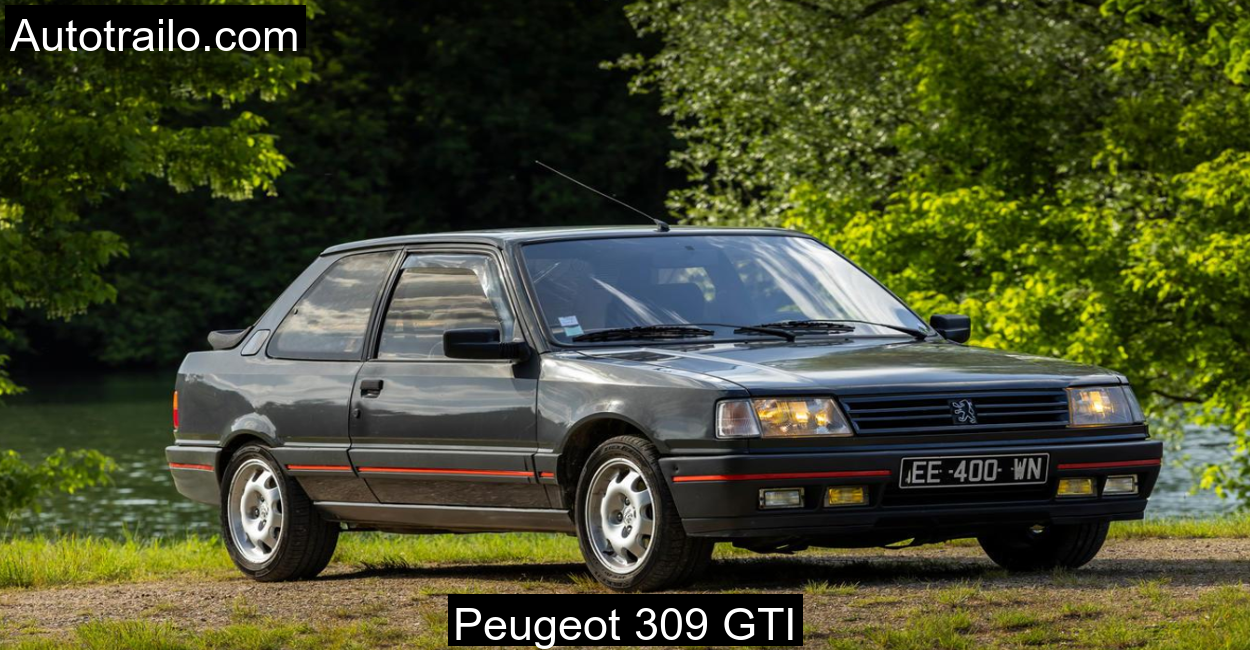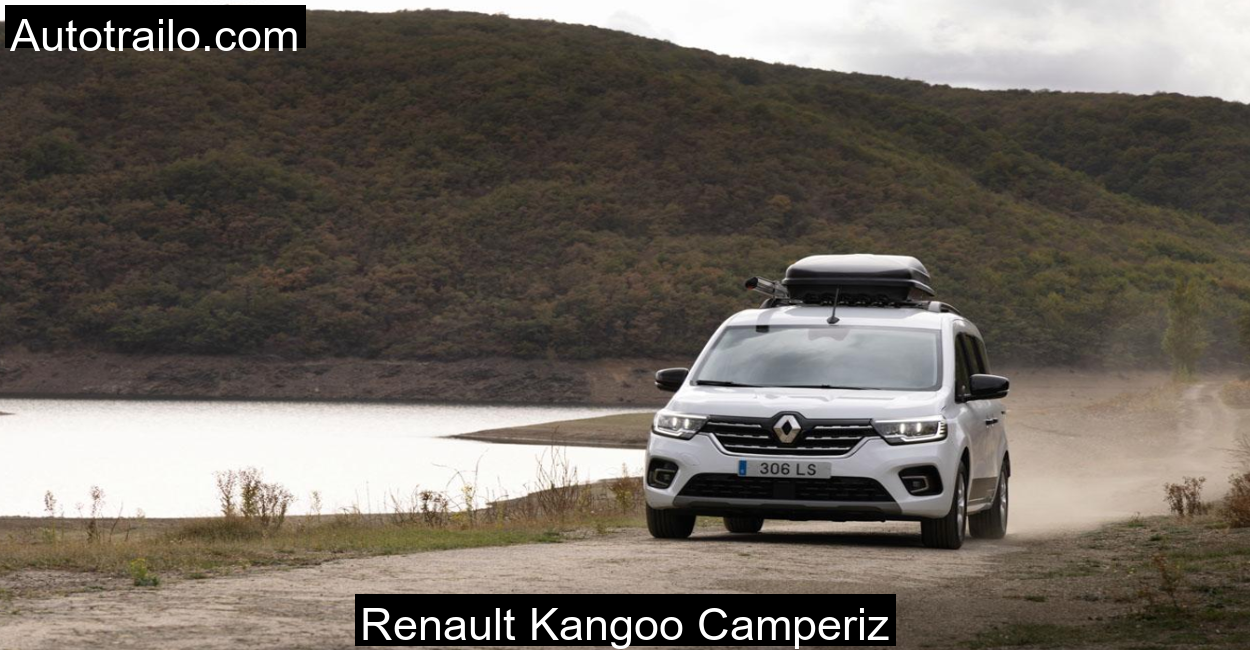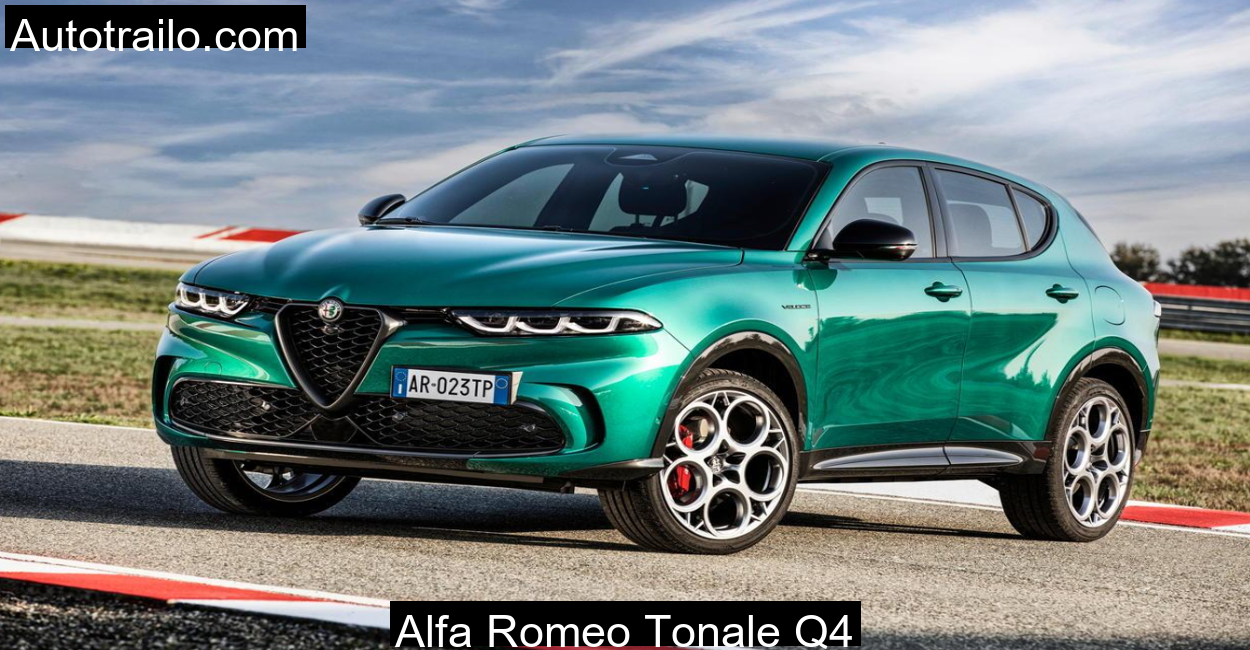The road to Kangchenjunga is not just a route. It is a journey that teeters on the edge of the mystical and the mechanical. Sikkim’s twisting valley lanes, their edges kissed by waterfalls and canopies of ancient pine, present more than a visual treat. They demand mechanical finesse. It was along these mountain corridors that I took the 2025 Volkswagen Golf 8 eHybrid for a weeklong test that went far beyond numbers on paper. This car wasn’t here just to climb roads; it was here to prove that electric and hybrid technologies can elevate the very act of driving into something purposeful, efficient, and emotionally compelling.
There’s something poetic about a plug-in hybrid making its case in a region that runs on raw, unfiltered nature. No screeching expressways. No honking metros. Just you, the hum of electric torque, and valleys echoing with silence.
Before diving into the experience, here is a quick glance at what the Golf 8 eHybrid packs under its refined shell.
Table of Contents
The Drive Begins: Gangtok to Pelling, with the Peaks in Sight
The morning began early in Gangtok. With a full charge and a tank ready for backup, I initiated the journey toward Pelling, a town nestled in the Western valleys of Sikkim with unobstructed views of Kangchenjunga’s snow-capped crown. Starting in electric mode, the Golf 8 eHybrid glided silently past monasteries and prayer flag-draped homes. At lower altitudes, the regenerative braking system felt seamless, converting each downhill coast into usable power. It’s here the car’s city-like silence truly stood out in an environment untouched by urban din.
The incline began post Melli, where the narrow roads snake up relentlessly. With Comfort mode engaged, the transition from electric to hybrid power was so gentle that it felt more like a whisper than a shift. The 1.5L TSI engine kicked in not with a jolt, but with precision, ensuring no power drop during uphill surges.
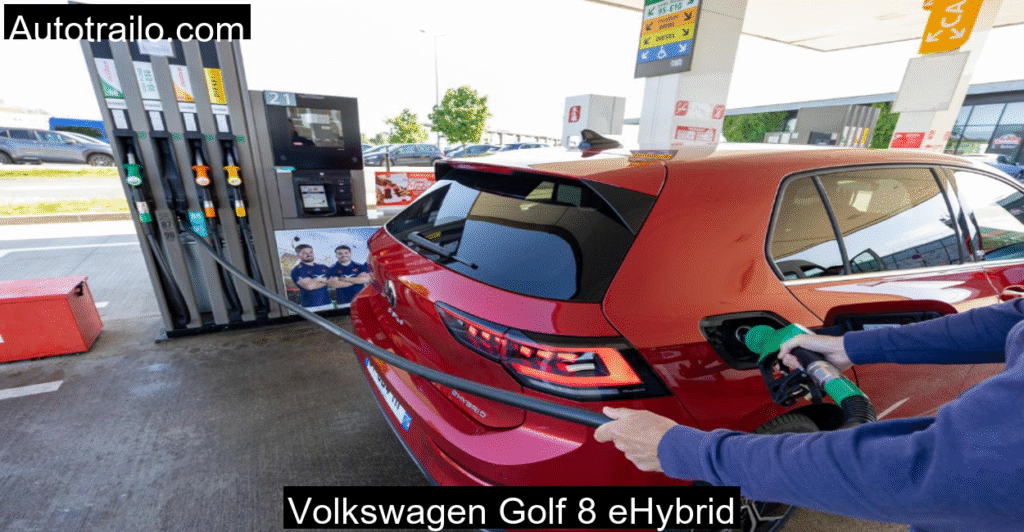
Electric Range Reality: Meeting the Claims
Volkswagen claims up to 144 kilometers of electric-only range under WLTP testing. In real conditions with moderate acceleration, frequent braking for hairpin turns, and some stretches with the AC running due to fluctuating temperatures, I clocked about 128 kilometers before the hybrid motor took over fully. This was no ordinary test loop; it included rough edges, loose gravel patches, and plenty of altitude change. For a compact plug-in hybrid, that number is not just respectable, it’s a statement.
Once the battery dipped below usable electric thresholds, the Golf began behaving like a smart hybrid, switching energy flows with logic that almost felt human.
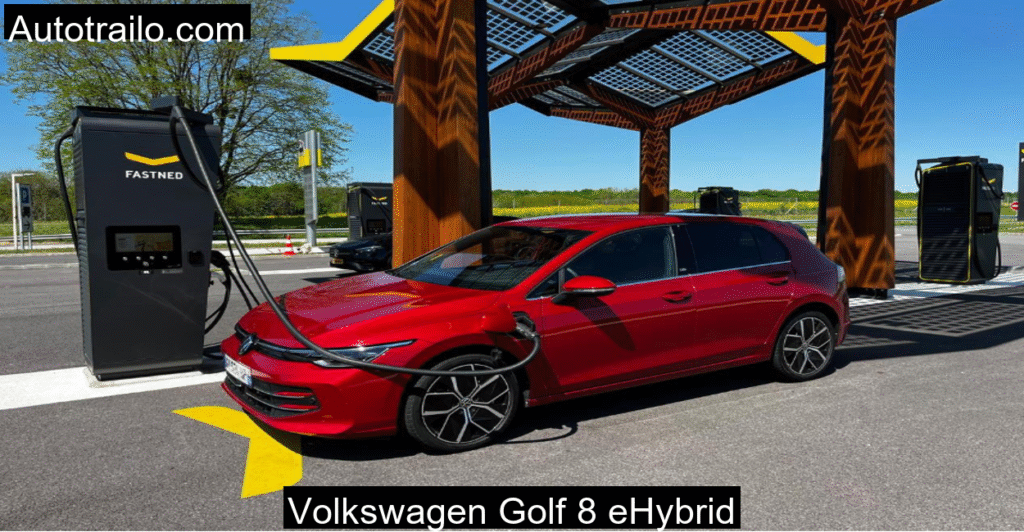
Handling Mountain Roads with German Precision
This Golf is no rally car, but it carries Volkswagen’s engineering DNA proudly. The steering felt direct, especially during tighter switchbacks that came near Yuksom. What really surprised me was how settled the car remained even when a corner combined gradient with gravel. Traction control and the chassis tuning kept the Golf grounded.
Despite its weight of over 1.5 tons, the car never felt bloated. Yes, the added battery mass occasionally revealed itself in aggressive turns, but on smooth mid-altitude highways between villages, the Golf hugged the roads with surprising confidence.
Ride quality was another win. The suspension absorbed the undulations and irregularities with minimal intrusion into the cabin. Over extended drives through uneven surfaces, this made a huge difference.
Cabin Comfort: Sophistication in Silence
Stepping into the Golf’s cabin during the early morning departure felt like entering a personal cocoon. A 12.9-inch touchscreen now anchors the dashboard, offering navigation, EV stats, and Apple CarPlay with easy intuitiveness. The soundproofing, already decent in previous models, feels noticeably better now. Even at 70 km/h speeds on partially paved surfaces, the cabin stayed impressively insulated.
This interior is where Volkswagen’s sensibilities shine. Everything feels well-built. The seats offer good lumbar support, something I appreciated after six hours of mountain driving, and the layout is focused without being cold. There’s an evident reduction in physical buttons, but the touch controls are responsive and easy to get used to.
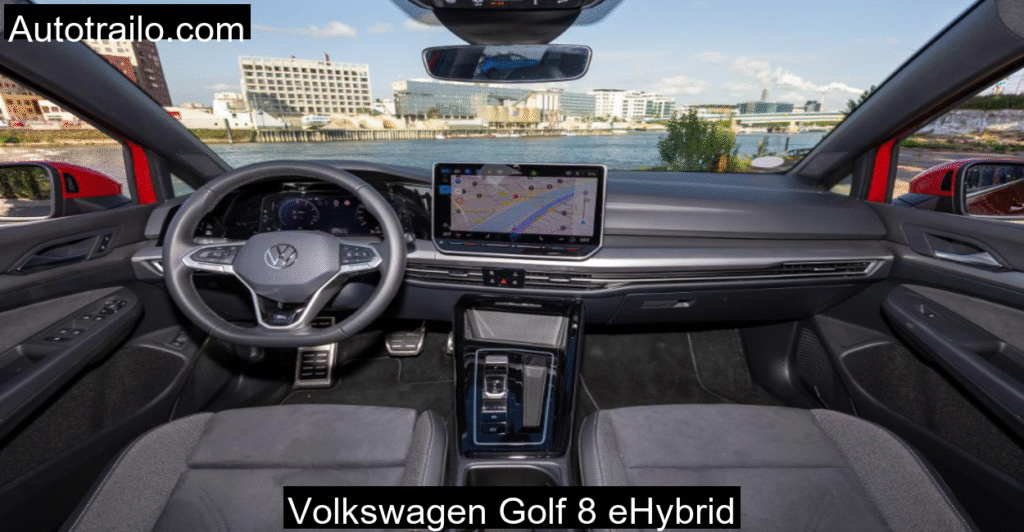
Charging in Remote Valleys: What You Need to Know
There’s no ignoring the fact that EV infrastructure in North East India is still growing. During this trip, I didn’t find a DC fast charger between Gangtok and Pelling, which made the Golf’s 50kW DC and 11kW AC flexibility all the more useful. Most of the charging was done overnight at homestays using a slow AC setup. Though it took over eight hours to fully recharge from near zero, the convenience of waking up to a fully charged battery made it worthwhile.
This trip reinforced the real strength of plug-in hybrids like the Golf eHybrid, they remove range anxiety without demanding infrastructure at every corner. If needed, the petrol engine steps in smoothly, yet electric-first behavior remains the default.
Efficiency on the Highway Back to Siliguri
On my return leg toward Siliguri, which involved more highway driving and fewer altitude changes, the Golf maintained an electric range of 94 kilometers at a cruising speed of 90 to 110 km/h. After the battery was drained, hybrid fuel efficiency landed at 5.6 litres per 100 km. That’s a figure even many small-displacement petrol cars struggle to match on mountain highways.
The engine felt unstressed, partly thanks to the electric motor providing torque assistance during overtakes and small climbs. I deliberately avoided using Sport mode during the return to test real-world fuel efficiency, and the results impressed.
The Unseen Side of Green Driving
Driving through protected areas like the Barsey Rhododendron Sanctuary, the Golf’s whisper-quiet EV mode did more than just conserve fuel, it preserved silence. No startling of mountain birds. No echoing revs in sacred village spaces. This isn’t a metric measured in kilometers or horsepower, but in respect. And it was in these moments that I realized how far hybrid tech has come not just in performance, but in purpose.
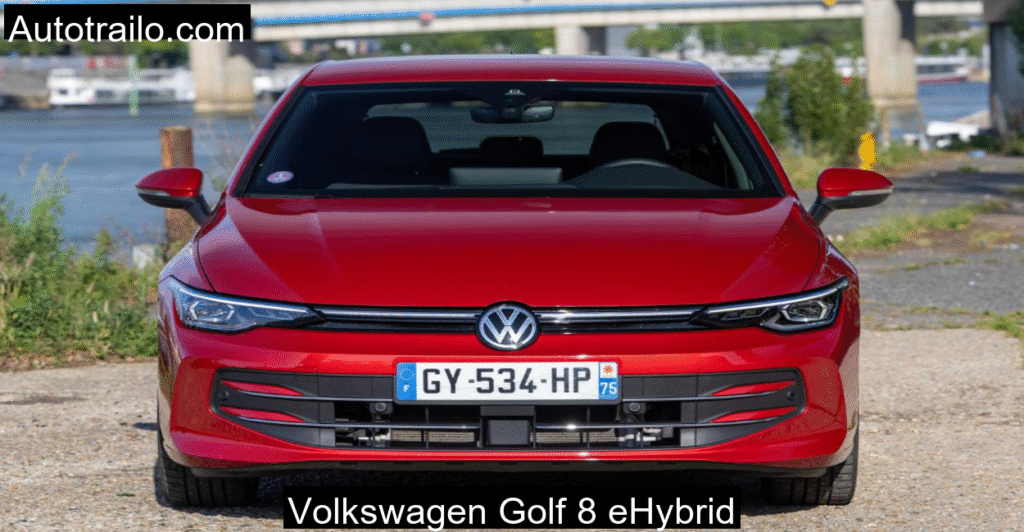
Volkswagen Golf 8 eHybrid 204 – Technical Specifications
We eliminate uncertainty by sourcing all Volkswagen’s technical info directly from the brand’s site.
| Parameter | Value |
| Powertrain | 1.5L TSI (150 hp) + 116 hp motor |
| Combined Power & Torque | 204 hp, 350 Nm |
| Gearbox | 6-speed DSG (dual-clutch) |
| Battery Capacity (Gross / Usable) | 25.7 kWh / 19.7 kWh |
| WLTP Electric Range | 137 to 144 km |
| Highway Electric Range (Tested) | 92 km |
| 0–100 km/h Acceleration | 7.2 seconds |
| Top Speed (Electric / Hybrid) | 130 km/h / 220 km/h |
| Charging Time (11kW AC) | Approx. 2.5 hours |
| Charging Time (50kW DC) | 26 minutes (10–80%) |
| Fuel Tank | 40 litres |
| Trunk Space | 273 to 1129 litres |
| Vehicle Weight | 1577 kg |
Conclusion: A Compact Hybrid That Thinks Bigger
The 2025 Volkswagen Golf 8 eHybrid has elevated the plug-in hybrid experience into something mature and multilayered. This isn’t a car that begs for attention. It earns respect with its refined hybrid operation, robust electric range, solid build quality, and understated but real driving pleasure. On the slopes of Sikkim’s valleys, where heritage meets the heavens, it proved its case not by conquering the terrain, but by coexisting with it.
The Golf doesn’t scream performance, nor does it parade its eco-credentials in neon lights. It simply performs. Efficiently. Silently. Smoothly. And that, in today’s world, is its loudest statement yet.
FAQ
What is the real-world electric range of the Volkswagen Golf 8 eHybrid?
In optimal road conditions across the Kangchenjunga Valley route, I achieved around 128 kilometers on electric-only mode before the petrol engine engaged.
Can the Golf eHybrid handle steep mountain climbs?
Absolutely. With a combined torque of 350 Nm, the hybrid system handles inclines confidently. The petrol motor seamlessly kicks in when needed.
Is it easy to charge the Golf eHybrid in remote areas like Sikkim?
Fast chargers are rare in this region, but overnight AC charging from regular sockets worked reliably throughout my trip.
How comfortable is the Golf eHybrid for long-distance driving?
Extremely. The ride is plush, the cabin noise is minimal, and the infotainment system is intuitive, ideal for scenic, extended journeys.
